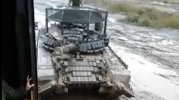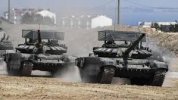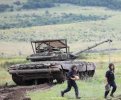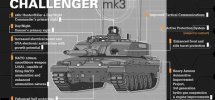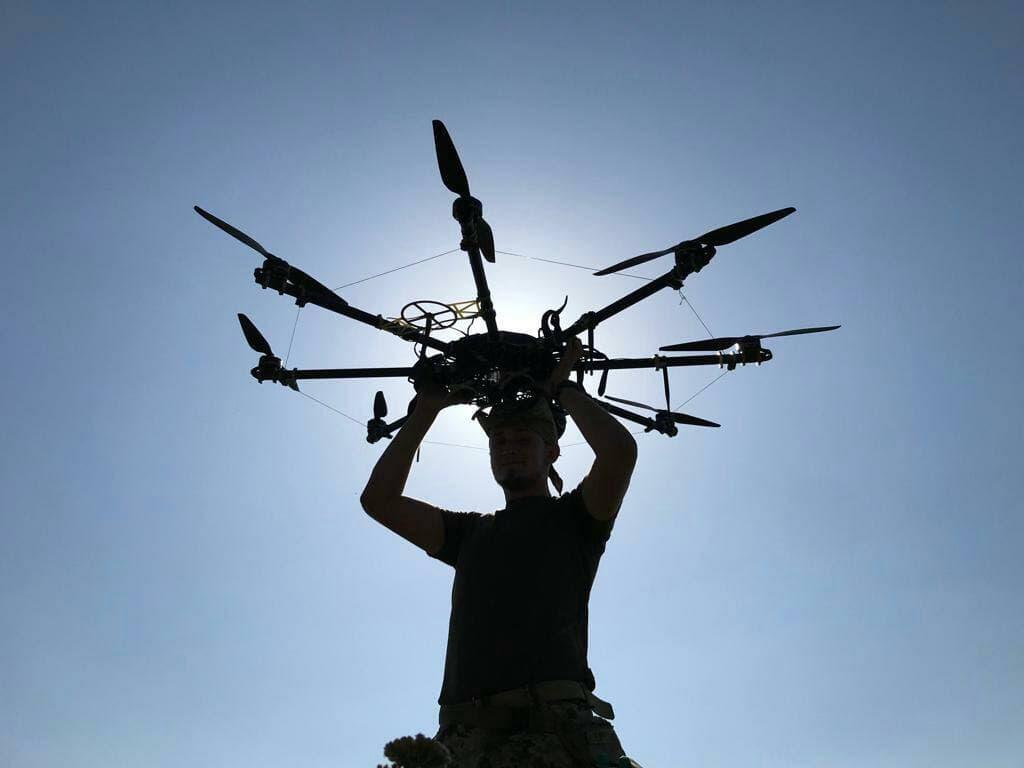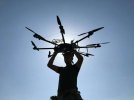They did well enough, but I wouldn't say that the M4's reputation for being inferior to the German tanksin terms of hitting power and survivability have been discredited. One only has to look at the primary sources of the time which show not only the frontline soldiers but also the army leadership at the time both desperately wanted more up-gunned versions of the M4, the 'Firefly' and 'Easy 8', or more powerful tanks like the M26. The fact that General McNair blocked the deployment of the M26 to the ETO it still roundly, and rightfully, criticized almost 80 years later. US logistical superiority and manufacturing numbers are what won the mechanized war on the western front, with a big assist from the German manufacturing stupidity, not the M4.
Well, I would have to completely disagree. Bit of a long post, but I just wanted to fully explain my position:
From what I have read on it, you are in possession of the many kernels of truth that fuel the myths. For example, it is very true that yes, the tankers wanted up-gunned versions of the M4 for when they encountered the German heavy tanks. But it is also important to remember that this was a pretty rare occurrence overall. McNair was correct to block the deployment of the M26, as it was a bad design and inferior to the variants of the M4 that were then coming out (the "Super Shermans"). In addition, sending the M26 would have meant sending an unproven heavy tank into the war when most Allied tanks weren't facing heavy tanks, they were facing German infantry, anti-tank guns, and armored vehicles that the 75 and 76 mm M4s could handle pretty solidly. So sending it would more have more likely denied infantry troops valuable tank support as they wouldn't be able to send the numbers of tanks that they otherwise were. In addition, Allied intelligence had no real idea of where the German tank types were. You might well have had Pershing heavy tanks having to be used against German infantry and artillery while you'd have 75 mm Shermans stumbling upon German heavy tanks. This was shown when U.S. intelligence said before D-Day that there are no Tigers or Panthers in Western Europe. That was news to the Allied troops, especially the Brits, who encountered them on the first day of the invasion. In addition to that, the Pershing lost its first battle.
Now McNair has for a long time been accused of being the bad guy due to misunderstandings people have about the subject. The thing is, there was Army Ordnance Department which was responsible for creating the tanks, and then Armored Force, who were tasked with using them. A major problem was that Ordnance kept trying to foist tank designs onto Armored Force that had not been proven. The engineers would insist the design was good whereas the tankers themselves would find all sorts of problems. A really infamous example was when the German Panther was encountered, which had very thick frontal armor. As a result, the 75 mm's rounds would just bounce right off. Ordnance said the 76 mm would punch through anything the Germans had. So the 76 is deployed, encounters a Panther, fires at it, and the round bounces right off. So Ordnance was (again) wrong. So what had happened? Well apparently, Ordnance had come to its conclusion by using armor of the same thickness as the Panther's but not the same grade of alloys (whoops!).
As a result of all of this, the tankers gained a very healthy dose of skepticism towards any claims made by the Ordnance Department. When they were told of the new wonder tank, the T26 Pershing, they were thus highly skeptical of it, and their skepticism turned out to be fairly accurate, as the T26 did not much outclass the newest M4s then coming out and came with a whole host of logistical and maintenance drawbacks that the M4s did not have. In the Korean War, the T26 did not prove itself well and was pulled out of service due to mechanical issues it was having.
The thing is that while Tigers and Panthers were a problem, they were not anything that could not be handled by M4s. There are a couple of things to keep in mind about tank warfare in WWII (at least regarding the ETO):
1) The main determinant of who won a tank battle, generally, was who fired first.
2) M4s did not fight by their lonesome. They fought as part of an integrated military machine. So you very rarely would have M4s versus Tigers or Panthers, but instead M4s + infantry (who could be armed with anti-tank weapons) + artillery + air power versus German armor + infantry + artillery + maybe air power (this was pretty lacking by D-Day for the Germans). Then you had issues of terrain, differences in doctrine, and levels of training and experience on the parts of the crews (Panther crews especially tended to be lacking in training). There were also some major technical shortcomings of the German heavies. The terrain in the Western European theater consisted of a lot of hills, forests, and towns, and big hedgerows in France, which made it where the range advantage of the German heavies was greatly negated.
In terms of technical shortcomings, both the Panther and Tigers had their turret traverse tied to the engine RPM. And the transmissions in both were fragile, and in the Panther, the final drives were extremely fragile. So in order to traverse the turret, the driver would have to increase the engine RPM while at the same time making sure not to blow the engine or transmission. In addition to that, at least on the Panther, the turret traverse was weak and could not traverse the gun if the tank was inclined beyond a certain degree. In addition to that, you could damage the turret traverse if you traversed it too quickly. Then the optics of both were limited. Now, in terms of the raw quality of optics, German optics were superior. But from a logistical standpoint, they were inferior as they could not be repaired in the field, and on the German heavies, there were limited optics. The gunner on the Panther had one optic, which allowed a wide field of view, but it was aligned with the gun. So the gunner could only really see in the direction of the main gun. This worked okay on the Eastern Front, where there was lots of flat, open terrain and greater distances involved, but it was terrible for the Western front. The commander had a full 360 degree field of view I believe, but the turret traverse was controlled by the gunner. So the commander would have to tell the gunner where to traverse the turret and the gunner himself would then have to visually try to find the target. He'd also have to make sure not to break the turret traverse. And then the driver would then have to take into account engine RPM. You can see where having poorly trained crews in such a tank in heavy combat could cause some problems.
Whereas on the M4, all five crewman had full 360 degree optics. So you had five sets of eyes looking all around for the enemy. In addition, the M4 had an electrically driven turret traverse, so no ties to the engine. Both the commander and the gunner could traverse the turret, so if the commander saw an enemy target, he could immediately start traversing the turret in that direction. The gunner meanwhile, could immediately visually see the target via his 360 optic while taking over control of the turret to aim the gun. The M4 also had a gyroscopic stabilizer. It only worked in the vertical direction and it was so top secret, that initially, a lot of crews weren't even trained how to use it. Now it was not like today's tank stabilizers, like that famous commercial of the German tank moving up and down small hills with a wine glass resting on the gun which remains totally stable. But it did negate the amount of up and down movement of the M4's gun while moving and allowed very quick stabilization upon stopping. Remember WWII tanks didn't fire on the move, they'd maneuver, stop, aim, fire, maneuver, etc...and with no stabilizer, upon stopping, the gun could bounce up and down for a second or two before stabilizing. Whereas with the M4, you could more immediately stop and fire provided you knew how to use the stabilizer. And then of course there were the logistical advantages of the M4. It was very easy to repair and all the parts were standardized, so everything fit. Whereas German tanks lacked this kind of standardization and the heavier German armored vehicles had huge logistical requirements.
Now both the Tiger and the Panther had logistical and design drawbacks, but the Panther was really terrible. Going back to the issues of the engine-transmission-final drives, the Panther was also very frontally heavy (due to Hitler meddling with the design and the frontal armor being so thick). This meant that, to lighten the load as the tank was already too heavy for its drivetrain, they had to weaken the side armor. The Panther actually had a weak spot on the side that could be penetrated with common anti-tank RIFLES of the time. In addition to this, being front heavy with a weak drivetrain meant murder on the tank in hilly terrain. Whereas M4s, which had very robust drivetrains, were quite spunky and could maneuver around quite easily in such terrain. The shorter 75 mm gun of the M4 also aided it in urban areas and crowded areas as it could be more easily aimed at enemy troops and tanks. One German general stated that he much preferred to use Panzer IVs instead of Panthers for this reason.
The myth of the superior numbers of M4s being required again has a kernel of truth. For one, yes Allied logistics were superior. But M4s did not depend on wave tactics to fight German heavies. It was the standard doctrine of the time to try and use five M4s to attack each German tank. We had a numbers advantage, so it would benefit to use it. But Allied tank tactics were very much a match for German tactics as well.
Now going back to my very first point about how the general determinant of who won a tank-on-tank engagement was who fired first, this vehicle was what destroyed more enemy armor (from the German standpoint) than any other German armored vehicle:
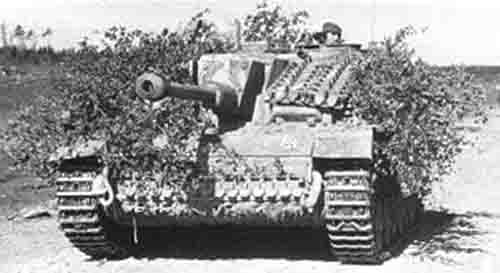
The Stug III (and the IV). It was a rather short (height-wise) armored vehicle with a fixed gun (no turret). It was basically a Panzer III chassis without a turret, with the gun just attached (and a Panzer IV chassis for the Stug IV). This meant it was extremely easy to hide and was mechanically far simpler than the German heavies. It was mechanically quite reliable and very beloved by the German crews. Yes, it had no turret, BUT, with a skilled crew who could maneuver it well and considering so often it was who fired first, it was a very dangerous opponent to all Allied armor (American-British-Soviet). A great many an M4 tanker who would swear his tank was blasted by a Tiger in reality got blasted by a Stug or a German anti-tank gun. M4s were far more likely to encounter these than Tigers or Panthers. I have read that there wasn't much complaining at all when the production of the Panther was stopped, but that German commanders raised hell when they wanted to stop production of the Stugs.

 www.thedrive.com
www.thedrive.com
